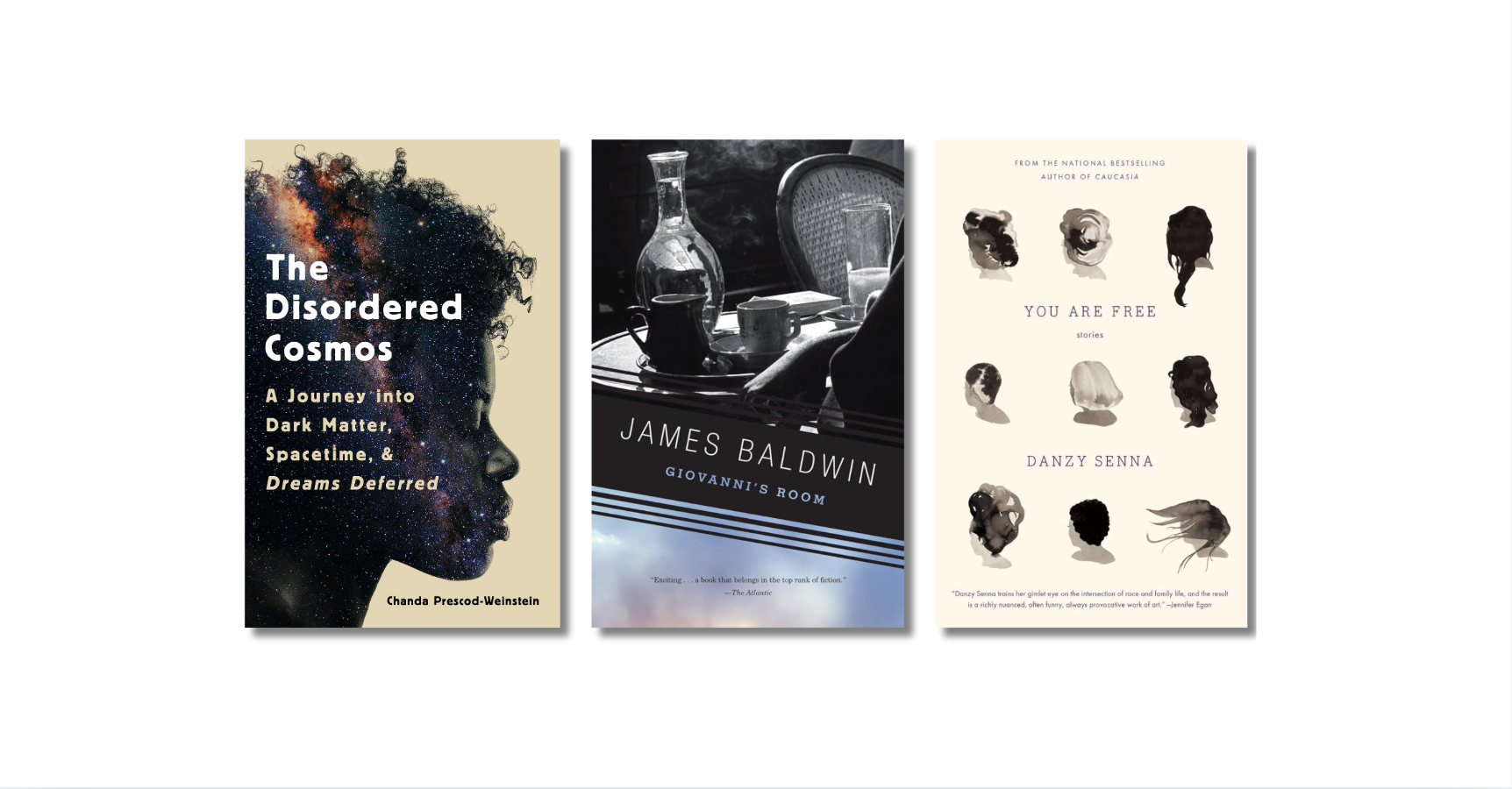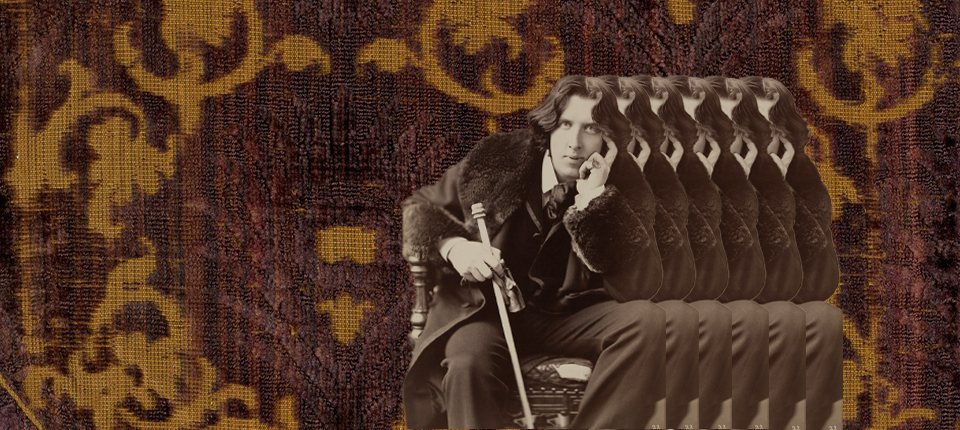Bill Skarsgard has the cape, the fangs and the scary manicure. But it’s Robert Eggers who brings the evil intent to Nosferatu, which unfolds as if under a malignant spell, a movie possessed. Exciting, repulsive and beautiful in equal measure, this feels like something the writer-director has been working toward since his unsettling 2016 debut feature, The Witch. Steeped in dense atmosphere and macabre poetry, Christmas counterprogramming doesn’t get much darker than this exquisitely crafted fever dream.
Over four distinctive features, Eggers has built a freaky body of work drawing from history, folklore, religion, fairytales and mythology. His first film conjured 1630s New England, where a farming family expelled from a Puritan settlement encounter sorcery in the woods. His second, The Lighthouse, sticks two 1890s men in claustrophobic isolation on a craggy island off Maine, lashed by the elements and the raging storms within. His third, The Northman, jumped back to medieval times with a bonkers blood-and-guts Viking revenge saga.
Nosferatu
The Bottom Line
Embrace the darkness.
Release date: Wednesday, Dec. 25
Cast: Bill Skarsgard, Nicholas Hoult, Lily-Rose Depp, Aaron Taylor-Johnson, Emma Corrin, Willem Dafoe, Ralph Ineson, Simon McBurney
Director-screenwriter: Robert Eggers
Rated R,
2 hours 12 minutes
It was only a matter of time before Eggers sunk his teeth into Bram Stoker’s Dracula. He approaches the vampire legend through the inky shadows of F.W. Murnau’s 1922 silent masterwork, which he acknowledges as a formative influence, with maybe a sideways nod here and there to the 1979 Werner Herzog remake and even to Francis Ford Coppola’s baroque 1992 retelling. Eggers’ Nosferatu, however, is its own mesmeric creation, a superlative match of director and material.
Focus Features has given Eggers free rein and what looks like considerable resources to execute his vision. It’s a Gothic horror nightmare heaving with sumptuous visual detail, groaning under the weight of portentous dread, writhing with both convulsive violence and sweaty eroticism and leavened by sly hints of fiendish camp. Be warned, though, that if you’re squeamish about rats, the plague-infested third act will have you covering your eyes.
In a transfixing performance, Lily-Rose Depp plays Ellen, introduced in an early 19th century prologue as an emotionally isolated teenager at a low point in her young life. Sleepless in bed, she prays for solace: “Come to me. A guardian angel. A spirit of comfort. A spirit of any celestial sphere. Hear my call.” The non-specific prayer hints at an innate paganism, a murky complexity roiling beneath Ellen’s adolescent purity; that double nature is increasingly manifest in Depp’s performance as the plot advances.
Ellen’s duality evolves with haunting power as she succumbs over time to the darkness she inadvertently awakened that night. In just a few terrifying minutes, Eggers establishes the inextricable bond in this story between sex and death. He gives us a bone-chilling glimpse of the title figure as a menacing silhouette seen through billowing curtains and a disembodied voice like a thunderous whisper from the bowels of the earth, both frightening and seductive. Much of Nosferatu’s dialogue, when communicating telepathically with Ellen, is in Dacian, a Balkan dead language that adds to the otherworldly chill.
Some years after that first visitation, Ellen has recently married Thomas Hutter (Nicholas Hoult), a junior estate agent in the fictitious German town of Wisborg. Angling for an official position with the firm, he accepts an assignment from his jovial boss Herr Knock (Simon McBurney) to travel east of Bohemia to an isolated castle in Transylvania’s Carpathian Mountains. His task is to get contracts signed for the purchase of a decrepit Wisborg mansion by the mysterious Count Orlok.
There’s a delicious hint of mischief in Knock’s comment about the ailing count: “He has one foot in the grave already, so to speak.” Hutter doesn’t pick up on that, but his employer’s excessive appreciation of his new wife’s beauty does make him uncomfortable. McBurney, co-founder of British experimental theater company Complicité, drops in clues about the spiraling madness Knock has been keeping in check, and sails gloriously over the top once his initial work is done.
In another scene that augurs what’s to come, Ellen begs Thomas not to go. She shares an ominous dream in which she got to the altar on her wedding day and found Death himself waiting there to marry her. She seems gripped by paralyzing fear as she tells her husband of the horror that unfolded, but in a sudden shift into rapture, confesses she had never been so happy.
Eggers’ screenplay excels at this kind of foreshadowing. He’s clearly mindful of telling a story told many times before, so he teases our expectations and tests our familiarity while folding in his own elaborations on the gruesome tale.
Hutter’s journey is an uneasy one, heightened by cinematographer Jarin Blaschke’s potent imagery, which often bleeds out color to make the frame almost appear black and white. This occurs in night scenes throughout and in the snow-covered mountain landscape through which Thomas travels.
A rest stop in a Roma community does nothing to calm his growing apprehension; even in an incomprehensible tongue, the dire warnings of villagers are unmistakable. (I’m adopting the curse hurled by the innkeeper to silence the rabble: “May the holy mind of God bugger you!”) Hutter also witnesses a superstitious ritual during the night, getting his first taste of the haziness between wakefulness and dreams that will take hold of him at the castle.
Eggers stages Hutter’s arrival with a theatrical Gothic bombast — the painterly gloom of the alps, the driverless horse-drawn coach — that evokes the horror classics of James Whale. While the exterior shots are of an actual Transylvanian castle, production designer Craig Lathrop’s massive interior sets have a crumbling grandeur that’s physically oppressive, almost suffocating, for Hutter. Blaschke’s long, unbroken takes can give the impression of a magnetic pull that the estate agent is incapable of fighting.
If Hutter is unnerved on approach, he’s petrified once he meets Count Orlok, played by Skarsgard in a supremely creepy performance that makes Pennywise look like, well, a clown. We get only partial glimpses of the irritable ancient vampire at first — an outline in the blackness, barely illuminated by candlelight; a gnarled hand with long, yellow-taloned fingers; black-rimmed eyes suddenly wide open when Thomas cuts his hand while slicing a piece of bread.
When we do see the count clearly, he’s a figure both diseased-looking and physically imposing, his body decaying yet animated by superhuman force, notably when he bolts upright naked from his sarcophagus. He has the labored breathing of a sickly old man but the presence of an all-consuming evil.
Makeup and prosthetics designer David White gives Skarsgard enough of a resemblance to Murnau’s Nosferatu, Max Schreck, to nail the reference. But the actor also brings a heady sensuality that intensifies the closer he gets to Ellen. He’s not exactly a sexy vampire, like Frank Langella in John Badham’s 1979 Dracula, but his encounters with the woman he calls “my affliction” have a disturbing erotic charge. There’s even something libidinous in the way he noisily slurps up his victims’ blood.
While her husband is being enveloped by Orlok’s shadow, Ellen tells her close friend Anna (Emma Corrin) she feels controlled by another, and she doesn’t mean God. While Thomas is away, Ellen is staying with Anna and her wealthy shipyard owner husband Friedrich Harding (Aaron Taylor-Johnson), who calls for local medic Dr. Sievers (Ralph Ineson) when his houseguest starts sleepwalking, experiencing visions and convulsing.
“Your husband is lost to you,” Orlok tells her one night from afar. “Dream of me. Only me.” The rumbling voice, thick accent and deliberate enunciation of every syllable can make even a simple line like “Now are we neighbors” — spoken to Thomas after the contracts are signed — funny. With his archaic choice of words and peculiar verb placement, he’s like a ghoulish Yoda. But rather than dilute the scare factor, the humor makes the sense of doom only more pitiless and Orlok’s plans for Ellen more spine-chilling. Eggers’ writing has always shown a flair for old-world language; his dialogue here is rich and flavorful.
Even before Ellen starts levitating off the bed, going full Exorcist while spewing messages from the netherworld, Sievers realizes her ailment is beyond his skill set. He enlists the help of his Swiss former college professor, von France (Willem Dafoe), whose fascination with the occult has gotten him discredited by the medical profession.
Dafoe brings his usual authority to the role, and like McBurney and Skarsgard, he savors the script’s unexpected notes of wicked humor. “I have seen things on this earth that would make Isaac Newton crawl back into his mother’s womb,” he declares, with von France’s typical flair for the dramatic. The actor is in marvelous form here, injecting a fresh jolt of vitality into the climactic stretch as Eggers accelerates the action in sync with the plague descending on Wisborg.
(Fun fact: Dafoe and Hoult both have Drac screen connections, the former playing Max Schreck on the Nosferatu shoot in Shadow of the Vampire, the latter as the Herr Knock counterpart in Renfield.)
As shown in his previous films, Eggers’ sensibility has roots not in contemporary horror but in stories from centuries past that become vivid and febrile, alive with an insidious devilry that inches under your skin. Among the more arresting sequences are Orlok’s voyage on stormy seas to reach his new home, his nocturnal calls on Ellen, the carnage he wreaks as a warning to her, the hundreds of rats streaming from the docks into the town streets.
The director makes even that overused modern horror trope, the jump scare, truly shocking, not just something to be instantly laughed off. It’s thrilling to experience a movie so assured in the way it builds and sustains fear, so hypnotically scary as it grabs you by the throat and never lets go.
The visual intoxication of Nosferatu cannot be overstated. Blaschke’s camerawork is spellbinding — fluid, graceful and maleficent in its command of chiaroscuro lighting, threatening shadows and the dense soup of darkness. The blend of practical sets with CG is seamless, notably in a graveyard and mausoleum, a city canal or scenes at sea.
Lathrop’s production design ranges from the meticulous backlot creation of a Baltic port town in 1838 — seen to great effect in early tracking shots — to finely detailed interiors including the castle, newlyweds Thomas and Ellen’s modest apartment, the more moneyed Harding home and the Romanian monastery where a delirious Thomas is tended to by nuns after escaping the castle.
Linda Muir’s costumes are superb — nothing like Eiko Ishioka’s eye-popping designs for Bram Stoker’s Dracula but always authentic and character-appropriate. Ellen and Anna’s corseted gowns and bonnets add to the period ambience, as do the men’s suits and fancy waistcoats and the rustic garb of the peasantry. Menswear aficionados will swoon for sweeping outerwear like von France’s overcoat with a three-tiered capelet. Orlok’s moldy-looking furs suggest Wallachian nobility, which goes with his Vlad the Impaler mustache.
The atmosphere is enhanced by the hand-in-hand elements of Damian Volpe’s heavy soundscape and Robin Carolan’s moody score, which ranges from symphonic grandeur to agitato strings, pipes and horns specific to the region at that time to queasy atonal groans.
Alongside Dafoe, the standout of the supporting cast is Corrin, playing a devoted mother swathed in the opulent attire of a woman of means, who finds comfort in religion. None of that spares her from a nasty fate, and Corrin breathes wrenching anguish into Anna’s unraveling.
The suffering is more prolonged and agonizing in Hoult’s Thomas. The actor quakes with fear in the presence of Orlok, his terror made more palpable by the fact that we don’t get a clear picture of the count, only of Hutter’s reaction to him. Later, he grows feeble and seemingly near death but summons strength once he grasps Ellen’s unwitting role in bringing the vampire to Wisborg.
As much as Skarsgard’s fearsome Orlok, the movie belongs to Depp, whose performance is a revelation. Their scenes together are electric, bristling with a conflicting rush of revulsion and desire, trance and lucidity, resistance and fated surrender. Depp gives Ellen’s delirium a tragic gravity, deepening once she acknowledges the mystical forces within her that sparked the vampire’s obsession. She can switch in an instant from weak and vulnerable to demonic, and the stylized physicality of her seizures is breathtaking.
Every age gets its definitive film of Stoker’s vampire legend. Eggers has given us a magnificent version for today with roots that stretch back a century.

























































